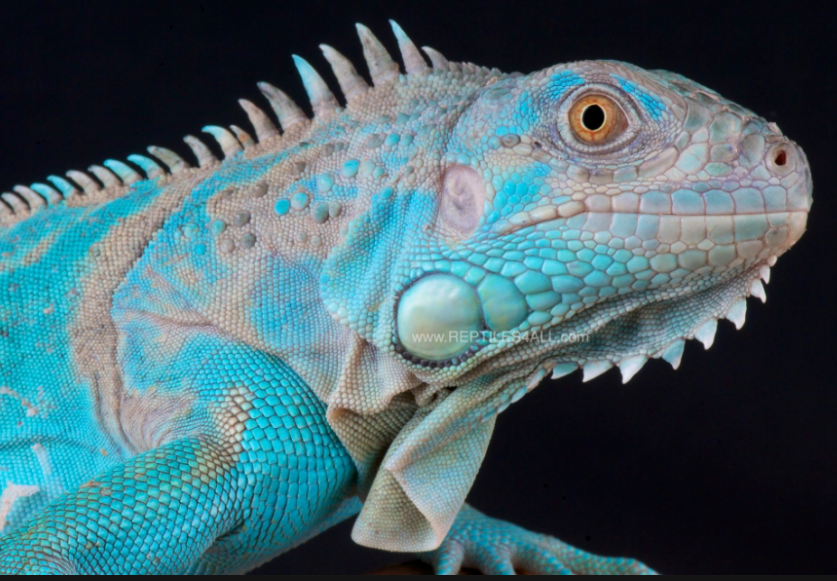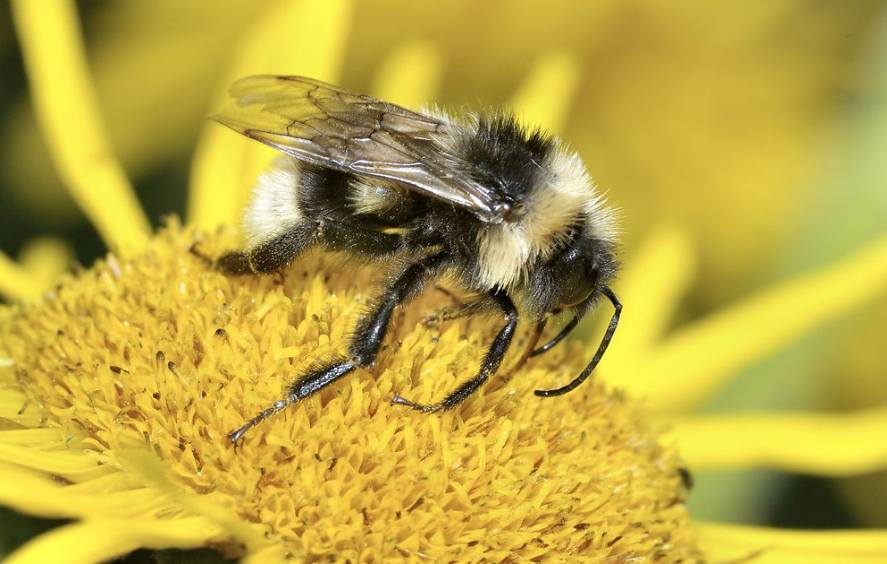
Specific requirements of its habitat, including the need for warm temperatures
Native to Grand Cayman Island in the Caribbean, the blue iguana is an amazing lizard. Because of its distinct skin colour, it is renowned for having a startling blue appearance. Male adults have the brightest blue tint, but females and youngsters usually have a more muted blue-gray colour.
Size, shape, and body features such as the crest on its head and spines along its back
Male blue iguanas may grow to a maximum length of 5 feet and a weight of around 30 pounds, making them one of the biggest kinds of iguanas. They can stay balanced while climbing trees or moving through their rocky environment because of their strong limbs, long tail, and sturdy body shape.
The Iguana lizard’s herbivorous diet consists mainly of fruits, flowers, and leaves
The majority of these iguanas’ diet consists of vegetation, fruits, and flowers. Leaves, flowers, berries, and even the bark of certain trees are among their food sources. They can effectively absorb plant materials and extract nutrients from their meals thanks to a unique digestive mechanism.
Being solitary animals, blue iguanas are most active throughout the daytime. To control their body temperature and save energy, they spend their time tanning in the sun. They are skilled climbers and are often seen basking in the sun’s warmth when perched on rocks or tree limbs.
Support the conservation efforts aimed at protecting this remarkable reptile
Due to unlawful poaching, invasive species predation, and habitat degradation, the blue iguana is classified as severely endangered. In addition to breeding operations to boost their number, conservation measures have been put in place to preserve and restore their natural environment. The Grand Cayman Island Blue Iguana Recovery Programme has proven effective in raising captive-bred iguanas and releasing them back into the wild, aiding in the preservation of this endangered species.
Fascinating facts about blue iguana
There aren’t many reptiles as enthralling and fascinating as the blue iguana. Originating from Grand Cayman Island in the Caribbean, this amazing animal is renowned for its remarkable blue hue and distinct features. A fascinating reptile that has won over many hearts is the blue iguana. Its remarkable blue colouring, distinct physical attributes, and significant ecological importance make it a species worthy of preservation. By means of conservation initiatives and raising public consciousness, we can guarantee the blue iguana’s continued existence for future generations.
Distribution and Habitat:
Because it is unique to Grand Cayman Island, the blue iguana is a valuable and endangered species. Its preferred habitats include rocky places, shrublands, and dry woodlands where it may find shade and sun. With their powerful limbs and keen claws, these reptiles are well suited to their surroundings, enabling them to climb rocks and trees with ease.
Regrettably, habitat degradation and alien species predation have posed serious risks to the blue iguana stock. In order to preserve and restore their native environment and ensure the continued existence of this famous reptile, conservation initiatives have been essential.
Physical attributes:
The vivid blue colouring of the blue iguana is among its most remarkable characteristics. It’s crucial to remember that not everyone has the same hue of blue. Some could have a brighter blue colour, while others might seem more grey or greenish-blue in tone. A number of variables, including age, sex, and environment, affect this colour variance.
A mature blue iguana may grow to be an amazing 5 feet long and weigh around 25 pounds. They feature a long, muscular tail, a crest of spines down their back, and a robust body. They eat leaves, fruits, and flowers using their keen teeth, which are fitted into powerful jaws.
Actions and Nutrition:
Primarily plant-eating, blue iguanas consume a wide range of plant materials. They eat bark as well as leaves, flowers, and fruits. It is well known that they are picky feeders, preferring certain plant types over others. Their unique diet is essential to the formation of their environment because it facilitates seed dispersal and increases plant variety.
These reptiles are lonely animals that are often seen soaking up the sun or looking for cover behind plants and rocks. They are diurnal, which means they spend the day active and the night sleeping. Male blue iguanas participate in territorial displays during mating season, bobbing their heads and showcasing their vivid colours in an attempt to entice females.
Preservation Activities:
The International Union for Conservation of Nature (IUCN) has classified the blue iguana as critically endangered due to the reduction in its number. Governmental organisations and conservation groups have been putting up endless effort to preserve and improve their environment, in addition to putting in place breeding initiatives to boost their population.
Conservation efforts are in place to protect and preserve this endangered species
Established in 1990, the Blue Iguana Recovery Programme has played a pivotal role in the preservation of this particular species. The programme’s attempts to breed and reintroduce blue iguanas have effectively raised their population from a few dozen to over 1,000 animals.
Education and public awareness campaigns are essential to the blue iguana’s survival. Grand Cayman Island’s Queen Elizabeth II Botanic Park, which has a dedicated blue iguana habitat and teaching centre, is a great place for visitors to learn about these amazing reptiles.


